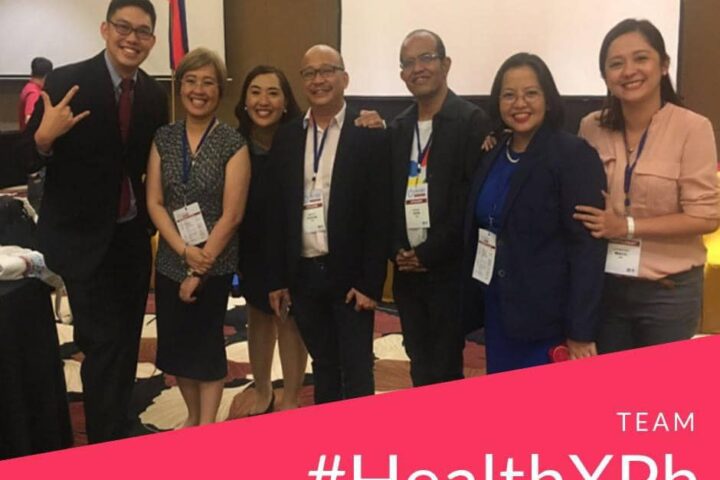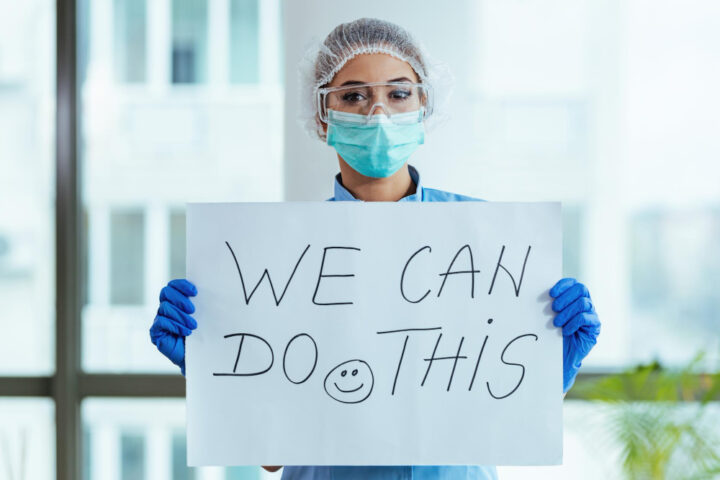“Ms. applicant A, considering this is a very “masculine” dominated training program and specialty, do you have any other training program in mind, that you applied for also and which is more “feminine” that would fit your built?”- Female Interviewer B
I don’t know if the interviewer was just “sensitive” enough to “enlighten” the applicant further by giving her options, but its pretty obvious such question is consequential to the bias created by a less gender sensitive workplace.
But what is gender awareness in the first place? Here is one conceptual definition like most.
When comparing men and women it is important to clarify the concepts of sex and gender and describe the gender perspective applied. Sex is a biological categorization based on reproductive organs and chromosomes while gender views women and men from a psychosocial and cultural perspective. When studying differences in health, behavior or attitudes it is generally not possible to know what is biological and what is social in origin. A constructivist perspective [1] of gender is then suitable since it underlines that sex and gender, biology and culture are related and inter-reliant. In this perspective gender refers to the constantly ongoing social construction of what is considered “feminine” and “masculine”, based on sociocultural norms and power. Gender is not a fixed or ‘natural’ category, but subject to change and negotiation. We all “do gender” in all kinds of social interactions [2–4]. Risberg et al.Gender awareness among physicians – the effect of specialty and gender. A study of teachers at a Swedish medical school BMC Medical Education 2003
This same study showed that in popularly male “dominated” specialties like surgery, gender awareness is notably low. It is not limited and unique to these specialties however. Similar patterns of an overall lack of gender awareness exist even in “female” dominated specialties and not surprisingly, in our patients’ lounge. The segregation is arbitrary, the debate continuing to no end. But what is glaring is the consequential biases that results from the on going gender tug of war and are whether manifested in the workplace, at home and in our clinics. These consequential biases always implies a dysfunction in the level of gender awareness going far deep amongst ourselves.
That is the bad news.
 The good news is- there is hope for change. While the ongoing gender debates may at best be educational to all parties involved, the call for action needs ideas that work. Our society in general, and our profession in particular, should put in place a mechanism to sustain a growing “gender sensitive” policies in the work place. Some training programs I know actually had these policies on paper. But if these mechanisms are just there to attract applicants from the “marginalized gender”, then the stop gap mechanism might just be boosting the pervading culture of the “gender insensitives” .
The good news is- there is hope for change. While the ongoing gender debates may at best be educational to all parties involved, the call for action needs ideas that work. Our society in general, and our profession in particular, should put in place a mechanism to sustain a growing “gender sensitive” policies in the work place. Some training programs I know actually had these policies on paper. But if these mechanisms are just there to attract applicants from the “marginalized gender”, then the stop gap mechanism might just be boosting the pervading culture of the “gender insensitives” .
As a physician- educator I believe something can be (or should be) done to correct gender issues. Need a better and a more gender friendly physician workplace? Here are my few advices that goes deeper than the rabbit hole:
- Start young, start at home. How young? Nobody knows. But ss soon as the kid discover that phenotypic sex have different biological needs, parents can introduce gender friendly concepts. Remember that most gender biases apparent in the adult life can be traced to the person’s childhood.Most of them proved to be very difficult to change.The formative years has the greatest “stick on” knowledge than any of the stages in a child’s life. It is important that the child understand the difference between sexes and gender and how one is related or how to be “sensitive” about it.
- Start in school. Education perhaps has the single most effective way of combating future threats of gender issues aside from the family.This is more important to a child person who’ s family dysfunctional . This is probably the best area to introduce gender awareness concepts. Sex segregation in this stage is often a result of a misguided awareness by some educators themselves. This is passed on to their students. Parental reinforcement then becomes an essential tool.
- Quality and productivity driven medical school and specialty programs. This is a very controversial issue and often the most debated upon. Thee issue is not about depending one’s gender from another, or gaining points for that matter. Qualifications and productive outputs measures who is best suited for a job description. No giving in or pluses to the gender. If the program do cultivate a culture of “gender insensitive workforce”, it is the taint of the program and not the trainees themselves. If the training gets more sex a than b, the only reason verifiable is because their evaluation and qualification process allows (or disallows) them to and thus cultivate such culture. Change the policies to implement more gender sensitive workplace. No excuses.
- More role models. Perhaps one of the more effective “enticing methods” by the few who braved to the opposite sex dominated specialties. Most of the applicants interviewed for a particular gender dominated job alludes there persistence to role models entrenched in the workplace itself. The domino effect of such roles models often determines the number of gender wanting to gain access to that workplace.
- Educate the patients lounge. If you can’t do it for yourself, get someone else more comfortable to do it for you. We get patients we deserve, in one way or another. The quality physicians do not stop at treating their patients only. They educate too. As a physician, we are in a powerful position to create an impact, just like we do when we harbor negative issues on it!
- The last but the most important of course, is to educate ourselves. You can never teach someone else gender awareness without you being “aware” of it in the first place. We all knew what is gender sensitive and what is not. Sometimes we just do what is easy and
our patients take cues on our actions. And there’s no denying actions speak louder than words!









